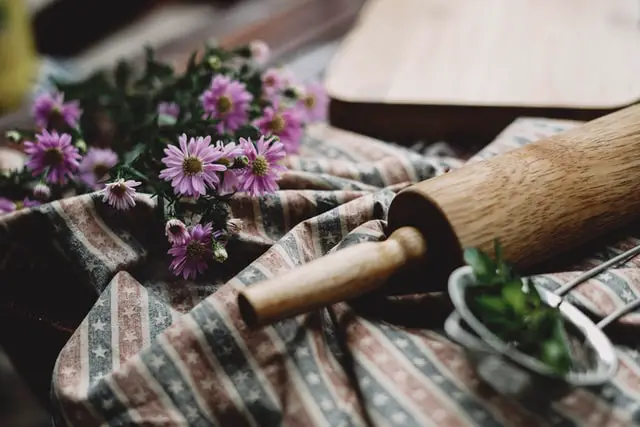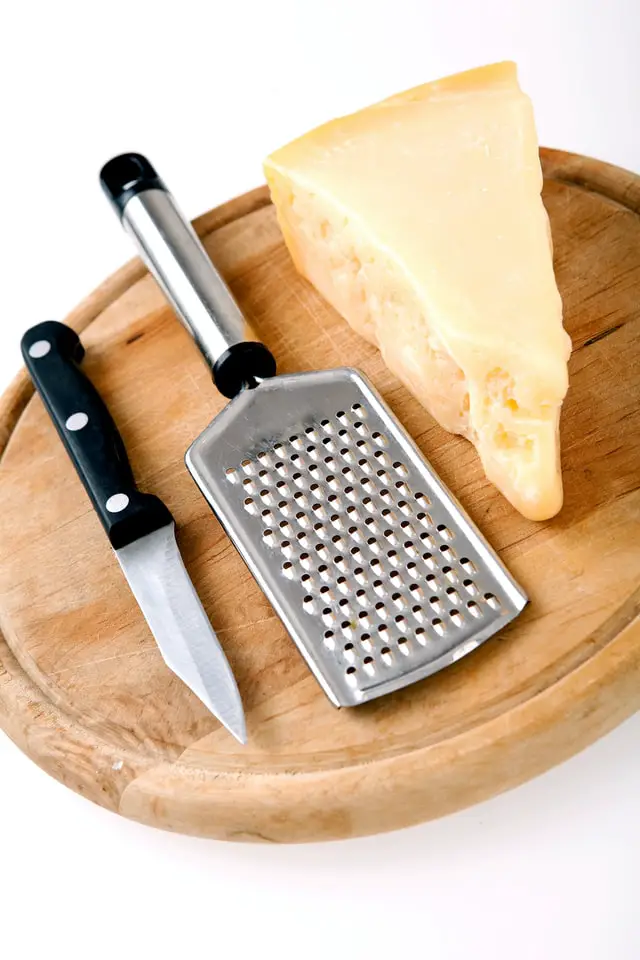Can you imagine cooking without butter? We think not. Butter is a primary ingredient in almost every recipe. Whether it is a delicious cake or finger-licking pasta, many recipes call for softened butter. But how do you soften butter quickly for baking without melting it?
The butter needs to soften very carefully, with close monitoring of the temperature and heating time, since it only takes a few seconds for butter to melt after softening. We need to make sure that the butter softens up but doesn’t become runny. To help you figure out how to soften butter, we have rounded up the best and easiest techniques available.
How To Soften Butter For Baking
1. Soften Butter By Putting It on the Counter
Time: This process will take half an hour.
Pros: This is the easiest method of softening butter as you need to cut it up into small pieces and let the temperature warm it up on its own.
Cons: Since the process depends on the room temperature, it will take quite some time to soften up. You’ll have to factor in this time if you are baking. Sometimes you need to soften butter quick if you’re baking on a schedule.
Method Detail: Softening butter is no rocket science. One of the most convenient ways to melt butter is to let it sit on the kitchen counter and let nature do its job. Sounds pretty easy, right?
All you need to do is take the bar of butter, cut it into smaller chunks, and let it sit out in the open air on the kitchen counter. This method will take about half an hour. With this method, the smaller the butter chunks are, the more quickly they melt.
2. Soften Butter By Rolling It Flat

Time: Approximately ten minutes for the butter to soften with this process.
Pros: The process is relatively easy and takes less time to soften up than just letting the butter sit on the counter.
Cons: Since you’re softening the butter using a rolling pin, you need to make sure that you don’t roll it too thin. Otherwise, it will melt away in no time. Therefore, this process requires a lot of precision and accuracy.
Method Detail: You need to start with the butter and rolling pin. Now roll the pin over the butter and reduce its thickness up to half an inch. Then you need to keep rolling the pin gently and make the butter flat on both of its ends. It would be best if you keep rolling the butter till it achieves a thickness of about a quarter of an inch.
When it reaches that thickness level, you need to stop rolling and let it stay like that for at least five minutes. Once you’ve done that, you need to switch sides and flip it over and let the other side rest for around five minutes as well.
Now, what you have to do is shift this butter into a bowl for mixing. If you feel that the butter is still not at room temperature, then give it a little time, and it will be. It is important not to leave the butter on the counter for too long, or it will end up melting.
3. Soften Butter With Microwave

Time: The time it takes to soften butter using this process is around 10 to 20 seconds.
Pros: The most obvious positive aspect of softening butter using the microwave is that it becomes soft very quickly, and it is just a matter of seconds.
Cons: Since you are using the microwave to soften the butter, there are different cons to this process. Firstly, the butter becomes soft in an uneven manner, and slight surface melting is common. Secondly, microwaving the butter can leave you with one cold solid chunk from the center, but the outer surface all melted. Lastly, if you microwave the butter for too long, the butter might explode in the microwave, leaving you with a big mess.
Method Detail: This process is merely putting the butter in the microwave at a set temperature for ten to twenty seconds. This process can be quite tricky as the microwave has a high temperature, which could melt the butter in no time. So, you need to make sure that you don’t let it heat for too long. The recommendation is to go slow. Set the timer to ten seconds, and check the butter. Repeat heating if necessary.
4. Soften Butter For Baking By Using a Cheese Grater

Time: It takes around five minutes to grate the butter with the use of a cheese grater.
Pros: The positive side of this process is that it is relatively fast compared to a few other methods. So, this method only takes about five minutes for the butter to become soft.
Cons: The negative side of this process is the final shape of the butter. The final result is small pieces of butter, and depending on your recipe, this may not be what you need. Some baking recipes such as scones and biscuits need frozen and grated butter.
Method Details: This process is one of the finest for frozen butter. You don’t need to wait at all and grate the butter in its frozen form. Once you have grated it, its size and surface area will decrease, which will make it easier for the butter to soften up for baking in no time.
5. Cover the Butter With a Warm Bowl or Cup

Time: The time taken for this method of butter softening is approximately ten minutes.
Pros: This process has the benefits of making a minimal effort like leaving the butter on the kitchen counter, but it is also a speedy process and takes less time due to the cup’s higher temperature.
Cons: The downside to this process is that, if left unchecked for too long, it can cause the butter to melt instead of softening.
Method Details: Another popular method is to cover the butter with a warm bowl or cup. This process is very similar to microwaving but less intense. It also has the benefits of making a minimal effort, but all the softening is done in a relatively controlled temperature.
The Importance of Butter in Baking
Butter, like saturated fat, is best for baking than any other fat item. Not only does butter provides tastes of sweetness and fattiness, with a melting point just under your body temperature, but is also why some biscuits and baked goods appear to melt as soon as they are in your mouth.
It also helps lighten baked goods and provides moisture. So, to make sure that all your baked goods have the perfect moist consistency that allows them to melt in your mouth, it is essential to use butter.
FAQ:
How do you soften butter without melting it?
A lot of recipes use “softened butter” for making the dough. Softening butter is an art. At the same time, it is not a very tough thing to do. It needs to be monitored very carefully to ensure that the butter becomes soft and does not melt.
Time and temperature play a significant role in this process. You need to control both these standards to ensure that the temperature isn’t too high, and the butter is not at a high temperature for a long time.
How do you tell the butter is softened?
When the butter has changed its shape, but it still has a thick consistency, it has become soft. However, if the butter becomes runny and transparent, then it means it has melted.
What is room temperature butter?
There is a wide variety of baked goods that call for “room temperature,” but what temperature is room temperature? Room temperature means that the butter’s temperature is that of the room, and it has become softened.
What happens if you don’t soften butter?
Every recipe and dish has its specific directions and ingredients. Also, you need to prepare the dish in a certain way to get the desired final result. For instance, if you need to bake cookies, you require butter that has been softened to give them a moist consistency and texture.
However, if you use melted butter instead of softened butter, the cookies will end up getting a chewier consistency. Therefore, it is vital to make sure that your ingredients are accurate to get the desired results.
Final Thoughts on How to Soften Butter
Whether it’s baking desserts or cooking something savory, butter is a must in many dishes and recipes. It is an ingredient that is used worldwide for its sweet, salty taste and smooth texture. It can also be used on its own when it’s applied to bread.
But getting the soft texture of butter with just the right consistency can be quite a feat. However, try any one of our mentioned processes. You will be pleasantly surprised to find the ideally softened butter you’d like to use to prepare various dishes.

